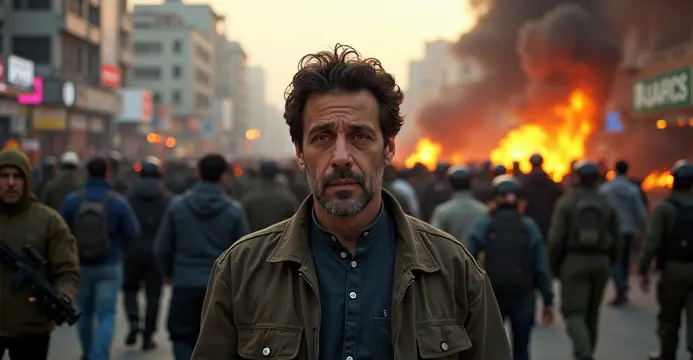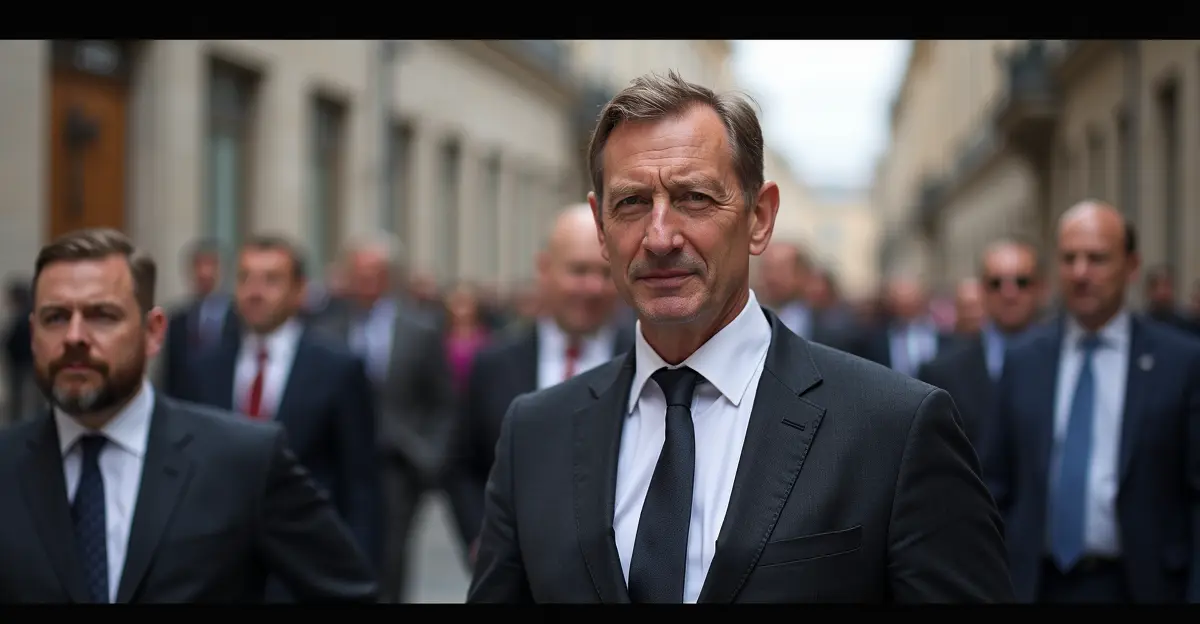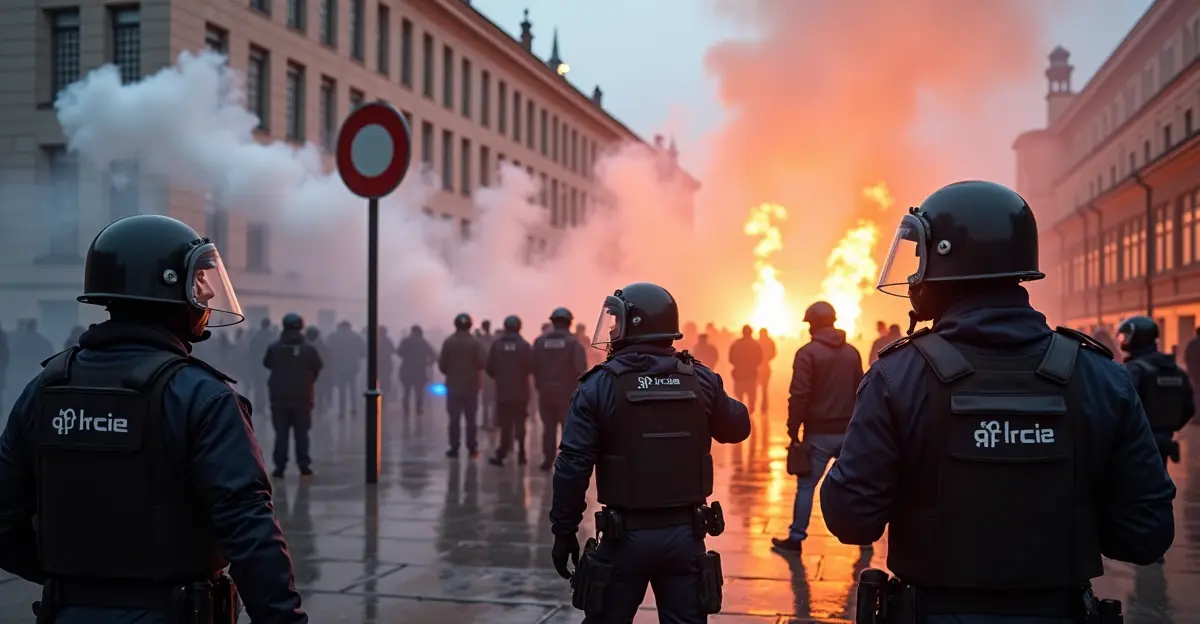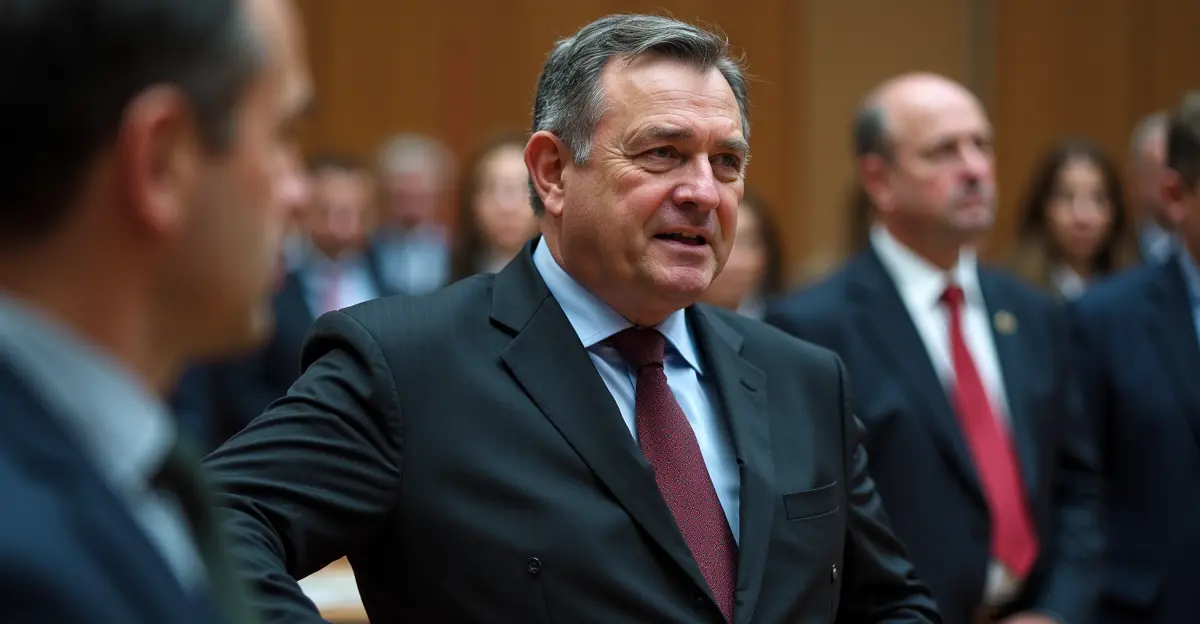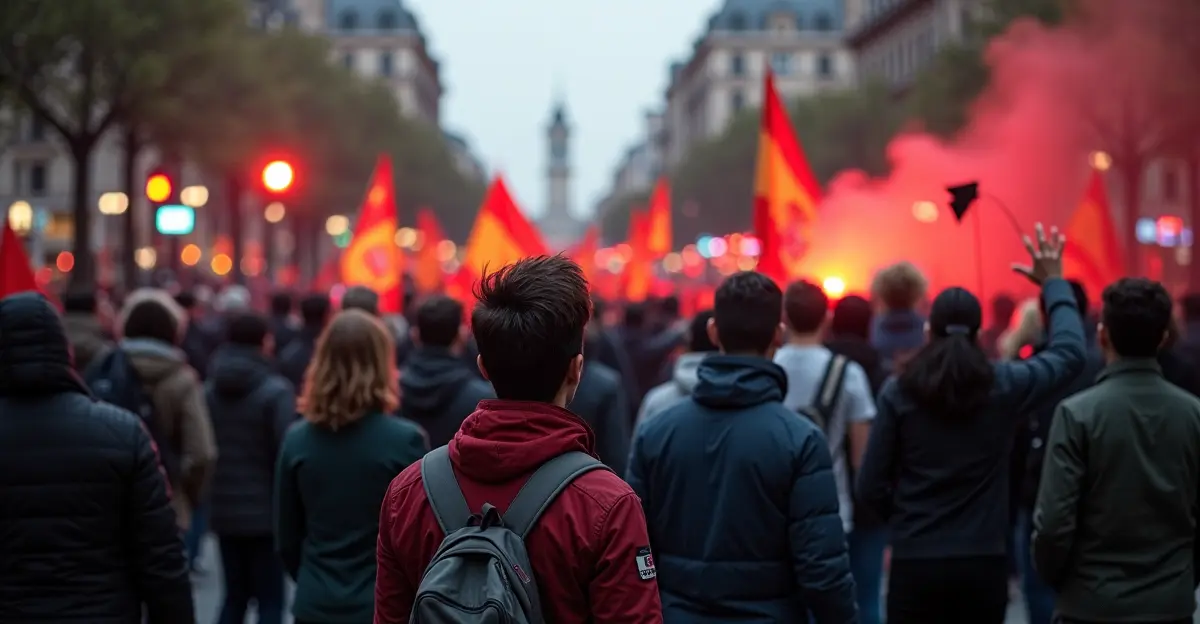Massive rival protests in Budapest saw 160,000 opposition supporters and 85,000 government backers demonstrate on Hungary's 1956 revolution anniversary, marking the start of election campaign ahead of 2026 parliamentary elections.
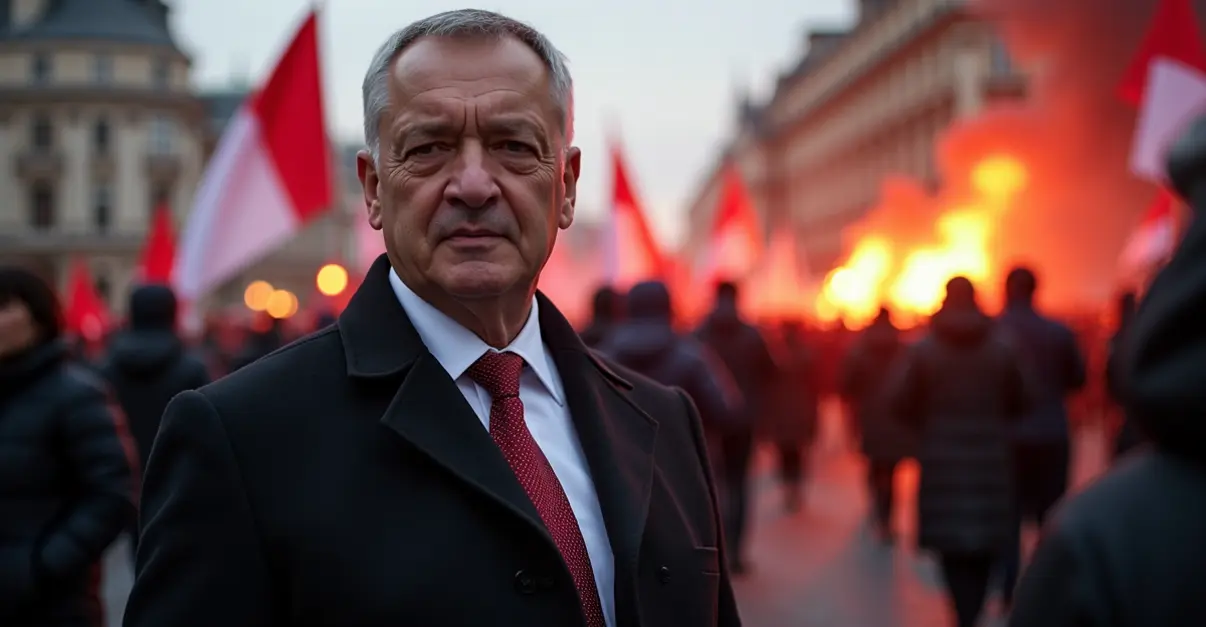
Political Divisions on Display in Budapest
Hundreds of thousands of Hungarians flooded the streets of Budapest on October 23, 2025, in competing political demonstrations that highlighted the deep divisions within Hungarian society. The rival rallies, held on the 69th anniversary of Hungary's 1956 anti-Soviet revolution, featured supporters of Prime Minister Viktor Orbán facing off against opposition leader Péter Magyar's Tisza party supporters in what many observers called the largest political mobilization in recent Hungarian history.
Orbán's Peace March vs. Magyar's Call for Change
According to Hungarian news website 24.hu, approximately 160,000 supporters gathered for Magyar's rally, while around 85,000 attended Orbán's 'peace march.' The demonstrations served as the unofficial kickoff to Hungary's election campaign ahead of parliamentary elections scheduled for April 2026.
Orbán, who has served as prime minister for 15 years, addressed his supporters near Parliament, repeating his criticism of EU support for Ukraine and accusing the European Union of dragging other countries into war. 'We don't want to die for Ukraine,' read banners carried by Orbán's supporters, reflecting his government's consistent opposition to Ukraine's EU membership and military support.
Magyar's Anti-Corruption Message
Meanwhile, Péter Magyar, the 44-year-old former lawyer who has emerged as Orbán's most formidable political challenger, focused his message on corruption allegations and calls for political change. His supporters chanted 'Russians, go home!' in reference to Orbán's close relationship with Russian President Vladimir Putin. In a dramatic moment, Magyar addressed the crowd in Russian, declaring: 'Comrades, it's over.'
Magyar, who comes from Orbán's own Fidesz party, told NOS Nieuwsuur earlier this year that he's fighting against corruption and scandals. He promises to restore Hungary as a full member of the European Union if elected.
Historical Context and Political Significance
The choice of October 23 for these massive demonstrations carries deep historical significance. As documented by Hungary Today, this date marks the beginning of the 1956 Hungarian Revolution when students protested against Soviet occupation and communist oppression. The revolution was brutally crushed by Soviet forces, resulting in thousands of deaths and mass exodus.
One demonstrant told Reuters: 'I've had enough of this system. We're sliding further and further down, the economy is at rock bottom in European comparisons.' This sentiment reflects growing frustration among Hungarians about economic conditions and political direction.
International Implications
Orbán's government has frequently clashed with the European Union, blocking sanctions against Russia and opposing Ukraine's EU membership. As reported by NOS, Hungary, along with Slovakia, had long blocked a sanctions package against Russia before eventually relenting.
The political showdown comes at a critical moment for Hungary. With Orbán facing his most serious challenge in 15 years and Magyar's Tisza party leading in some polls, the 2026 elections could mark a significant turning point for the country's political direction and its relationship with the European Union.
Despite the massive turnout and political tensions, the rival demonstrations remained peaceful, with no major confrontations reported between the two groups. Both leaders spoke at separate locations in the Hungarian capital, allowing their supporters to express their political views without incident.

 Nederlands
Nederlands
 English
English
 Deutsch
Deutsch
 Français
Français
 Español
Español
 Português
Português




